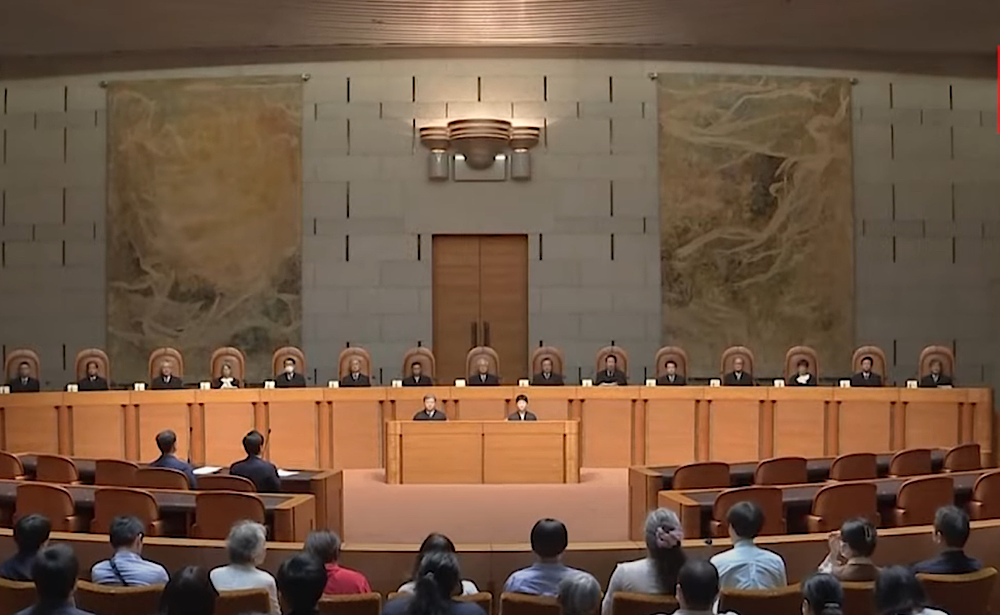Victims of forced sterilisations go before Japan’s Supreme Court
The Court heard three hours of testimony in five cases based on four lower court rulings. At the heart of the dispute is the statute of limitations for claim of damages. A decision is expected this summer.
Tokyo (AsiaNews) – “I should have been the one to decide whether I would be happy or not,” said 83-year-old Kikuo Kojima speaking before Japan’s Supreme Court yesterday. “I wanted to decide what kind of life I would lead. I am so frustrated that I was unable to do so.”
Kojima was only 19 years old at the time of his forced sterilisation. Today he is among the plaintiffs in a civil lawsuit against the government.
The Court heard him and the other plaintiffs who filed a case against Japan’s notorious eugenics law in force from 1948 to 1996, the Asahi Shimbun newspaper reported.
The Court heard three hours of testimony in five cases and four lower court rulings, with the justices expected to rule later this summer.
Nearly 25,000 people with disabilities or chronic illnesses were sterilised in Japan between 1948 and 1996 under the eugenics law.
At least 16,000 of them were carried out without consent on minors, including two nine-year-old children, a boy and a girl.
A 1,400-page report released last June show the widespread use of the practice. Presented to the country’s National Diet (parliament), it has been controversial, sparking an intense debate.
The study shows that sterilisation was deemed necessary for admission to care facilities or marriage and was done via radiation or removal of the uterus, as most of the victims were women.
It was applied to people with disabilities, mental illness and hereditary disorders and was introduced after the Second World War to deal with country’s food shortages.
Later, physical education books published in the 1970s explained the practice as a method of improving “the genetic predisposition of the entire population."
The two main points of contention are the unconstitutional nature of the old law and the application of a 20-year statute of limitations to deny compensation to plaintiffs.
All five high courts called to rule in cases brought by sterilisations victim declared the old law unconstitutional; however, opinion differed on the statute of limitations, with the Sendai High Court denying compensation because the time limits for appeal had expired. The other courts ordered the government to compensate the victims.
For this reason, the case reached the supreme courts, which must rule – by this summer – on the statute of limitations in order to create a single regulatory framework.
The plaintiffs include a couple, known by the pseudonyms Taro and Hanako Nomura. They filed a lawsuit in the Osaka High Court, which issued an historic ruling ordering the government to pay compensation.
The couple said they married in 1970 and Hanako became pregnant, but was sterilised without her consent after a C-section, with the baby dying shortly after delivery.
One plaintiff in the Tokyo High Court is 81 years old, identified by the pseudonym Saburo Kita. He said that his life was “thrown off course”.
“I have suffered for 67 years,” he said after he was sterilised without his knowledge when he was 14, and never told his wife until shortly before her death.
A 70-year-old woman, whose case went before the Sendai High Court, said she “filed the lawsuit because I didn’t want the damage caused to be buried, but the government has only repeatedly said that it will not apologise or investigate.”
26/02/2022 14:51
03/07/2024 16:50
15/03/2018 12:52







.png)










